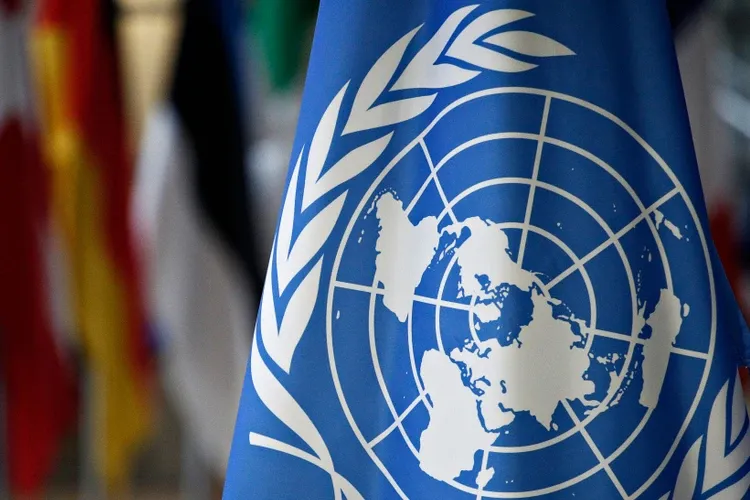The Ninth Conference of States Parties to the Arms Trade Treaty is meeting this week in Geneva, Switzerland, prompting a discussion about the Arms Trade Treaty and its potential ramifications for American firearm owners if ratified by the Senate.
Former President Barack Obama signed the treaty in 2013 but waited until 2016 to present the document to the Senate in a last-ditch effort to pass further gun control before leaving the White House. Former President Donald Trump withdrew the signature in 2019 due to the treaty’s infringements on national sovereignty and Second Amendment rights.
Erich Pratt, senior vice president of Gun Owners of America, told The Sentinel that ratification of the Arms Trade Treaty would indeed infringe upon the rights of American gun owners.
“Gun Owners of America has opposed the Arms Trade Treaty since its inception, as it would encourage the United States to register gun owners and ban certain firearms,” he said. “Should a president ever sign this anti-gun treaty, we will rally gun owners in opposition to it so that it never sees the light of day in the Senate.”
President Joe Biden has not explicitly commented on the Arms Trade Treaty but has promoted further gun control throughout his administration thus far, including the endorsement of executive orders which attempt to circumvent Congress. If the United States signs the Arms Trade Treaty again, the move would need to be ratified by a two-thirds majority in the Senate.
Over the last decade, the United Nations has used the Arms Trade Treaty to discuss regulations of arms in international trade and attempt to assemble a registry of firearms and munitions in each nation which is party to the agreement.
The Arms Trade Treaty has several articles problematic to supporters of the Second Amendment, including a call for a “national control system” and “national control list” for each country so they can implement the rules outlined in the treaty. Each nation is required to send its list to the secretariat of the Arms Trade Treaty, who will make the list available to other nations.
Another article details requirements for the national control systems: nations must maintain records of imports, exports, and transfers of firearms, and the records must include value, make, and model of each conventional arm.
Obama claimed in 2016 that the United States already had similar legislation in place and that the treaty would require other nations to hold higher standards in trade. He contended that the American policies would remain unchanged if the Arms Trade Treaty were ratified.
But when Trump withdrew the signature in 2019, he countered that the United States already held the “gold standard” for responsible international arms transfers without being part of the treaty, and pushed back against the Obama administration’s reasoning for ratifying the treaty.
The Trump administration also noted that major exporters such as Russia and China did not sign on to the agreement. The treaty therefore could not “achieve its chief objective of addressing irresponsible arms transfers if these major arms exporters are not subject to it at all.”
Trump officials likewise observed that the Arms Trade Treaty had been used to interfere with legal arms transfers by groups who wanted to circumvent the sovereignty of other nations. Several global activist groups sued the United Kingdom in 2017 over its transfers of arms to Saudi Arabia, beginning a years-long battle in the courts that has yet to be resolved.
If the United States were to ratify the Arms Trade Treaty, the regulations outlined in the agreement would become binding law, thus subjecting Americans to participate in a national registry of arms and ammunition that would be subjected to public knowledge, and would open a door to third-party organizations worldwide interfering with foreign policy decisions.



